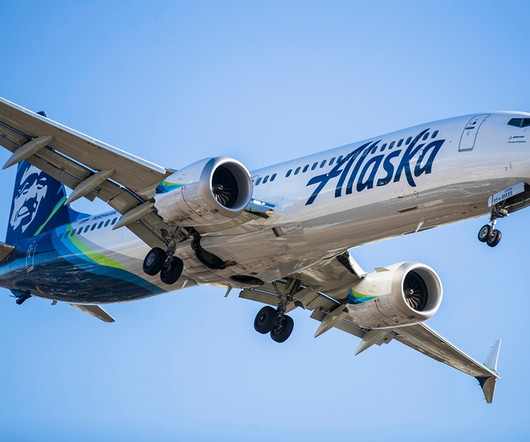Mastering the Crosswind Landing Technique: Tips for Safer Touchdowns
Pilot's Life Blog
JUNE 18, 2025
The wind pushing from the side makes controlling the aircraft during touchdown more challenging and increases the risk of veering off the runway or damaging the plane. A crosswind is any wind that blows perpendicular or at an angle to the runway centerline. This keeps the plane’s ground track aligned with the runway centerline.










Let's personalize your content